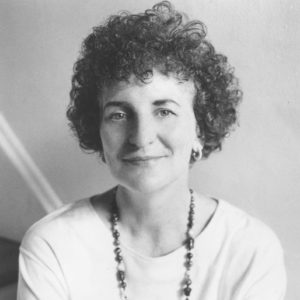 Shirley Abbott
Shirley Abbott
Entry Category: Nonfiction
 Shirley Abbott
Shirley Abbott
Accomplices to the Crime
Alexander, Larry Dell
 Larry D. Alexander
Larry D. Alexander
Allbright, Charles Wilson
Anderson, Daisy
Anderson, Pernella
Annals of Arkansas
Anthony, Katharine Susan
Appleby, Jack
aka: John Tate Appleby
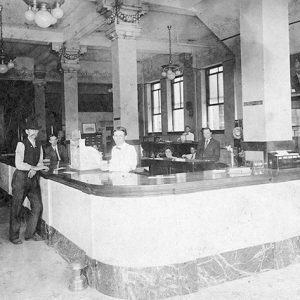 Arkansas Gazette Staff
Arkansas Gazette Staff
Arkansas Historical Quarterly
Arkansas Made [Books]
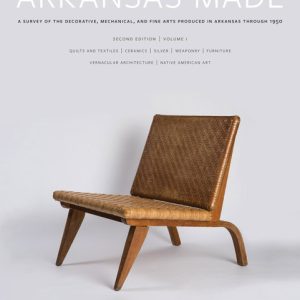 Arkansas Made 2nd Edition, Vol. 1
Arkansas Made 2nd Edition, Vol. 1
 Arkansas Made 2nd Edition, Vol. 2
Arkansas Made 2nd Edition, Vol. 2
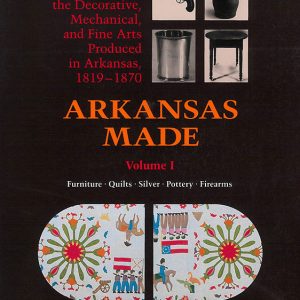 Arkansas Made Vol. I
Arkansas Made Vol. I
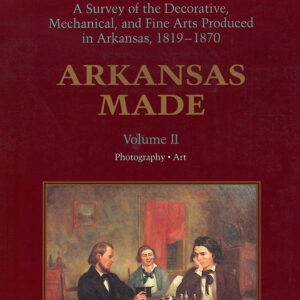 Arkansas Made Vol. II
Arkansas Made Vol. II
Arkansas Race Riot, The [Pamphlet]
Arkansas: A Guide to the State
Arnold, Morris Sheppard “Buzz”
Babbie, Earl Robert
Back Yonder, An Ozark Chronicle
Barker, Catherine Sweazey
Becoming Free Indeed
 Becoming Free Indeed
Becoming Free Indeed
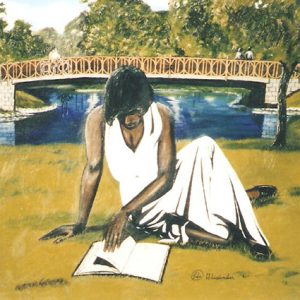 Bell Isle
Bell Isle
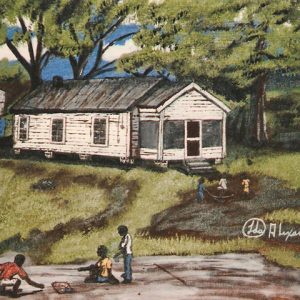 Birthplace
Birthplace
Blackmon, Douglas A.
 Book by Gösta von Fersen
Book by Gösta von Fersen
Boy Erased
Boys on the Tracks, The
Britt, Terri Utley Amos
Brown, Helen Marie Gurley
Call, Cora Elizabeth Pinkley
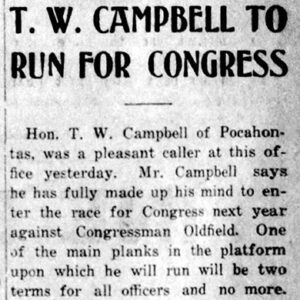 T. W. Campbell Article
T. W. Campbell Article
Campbell, Tom Walter
Cash: The Autobiography
Centennial History of Arkansas
 Chimps
Chimps
Cleaver, Leroy Eldridge
Coal to Diamonds
 Coal to Diamonds
Coal to Diamonds
Cohn, Morris M.
Command and Control
Cone, James Hal
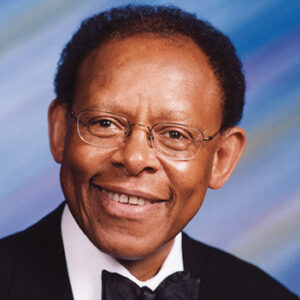 James Cone
James Cone
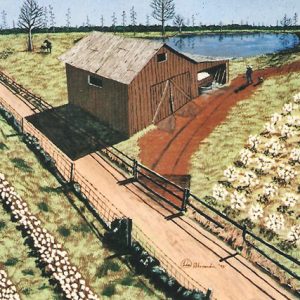 Cotton Farm
Cotton Farm
Counting the Cost
 Counting the Cost
Counting the Cost




